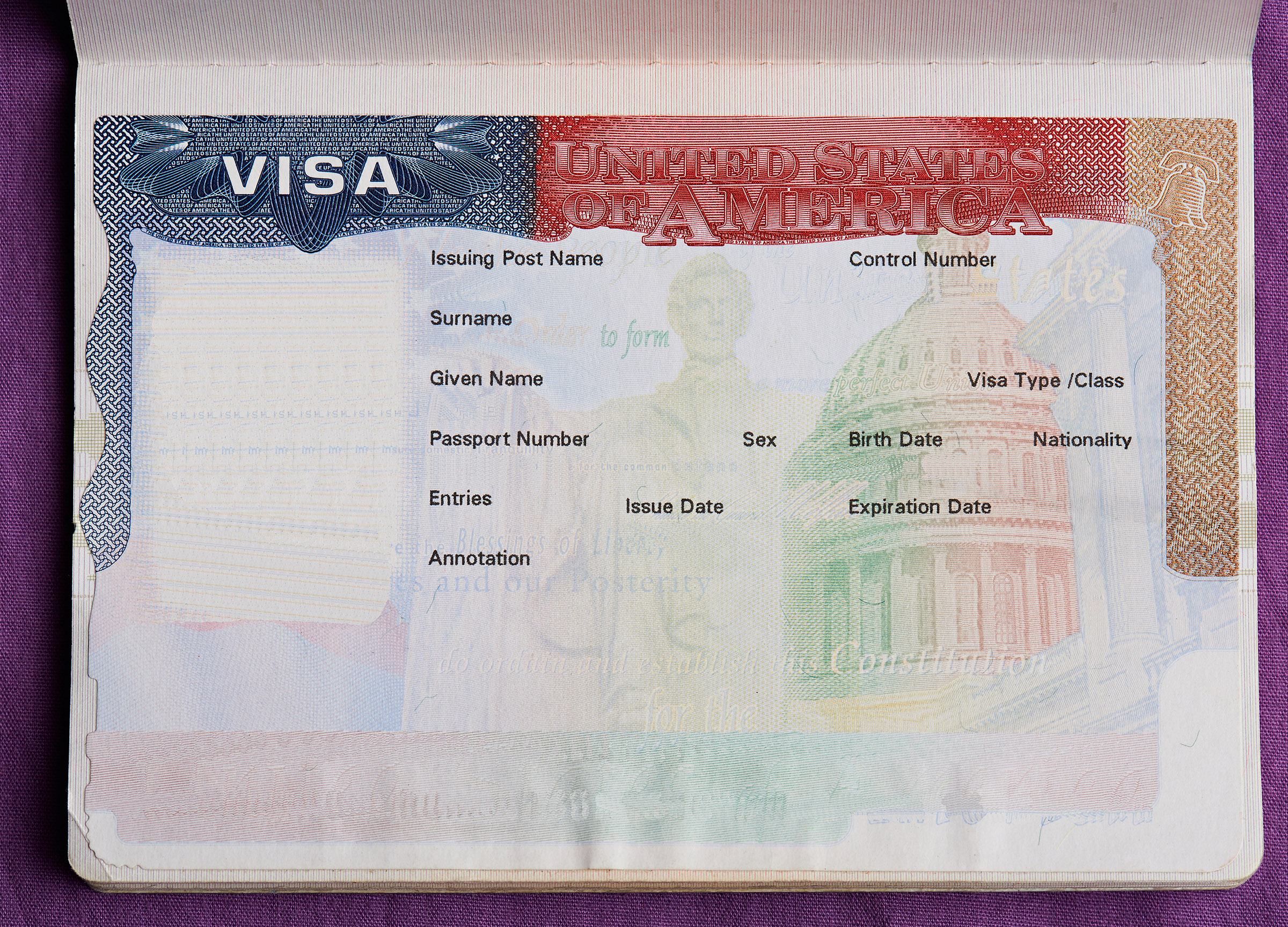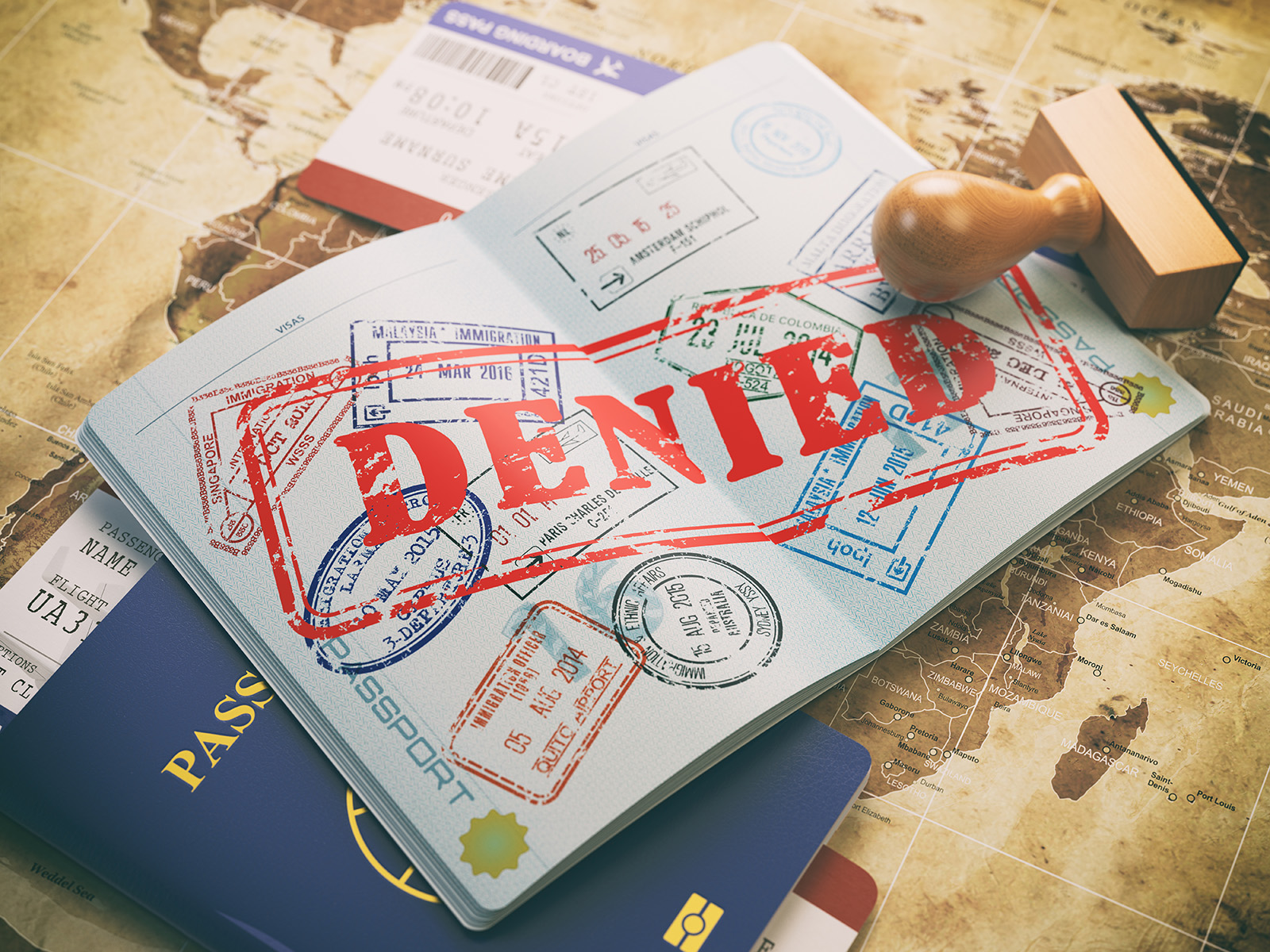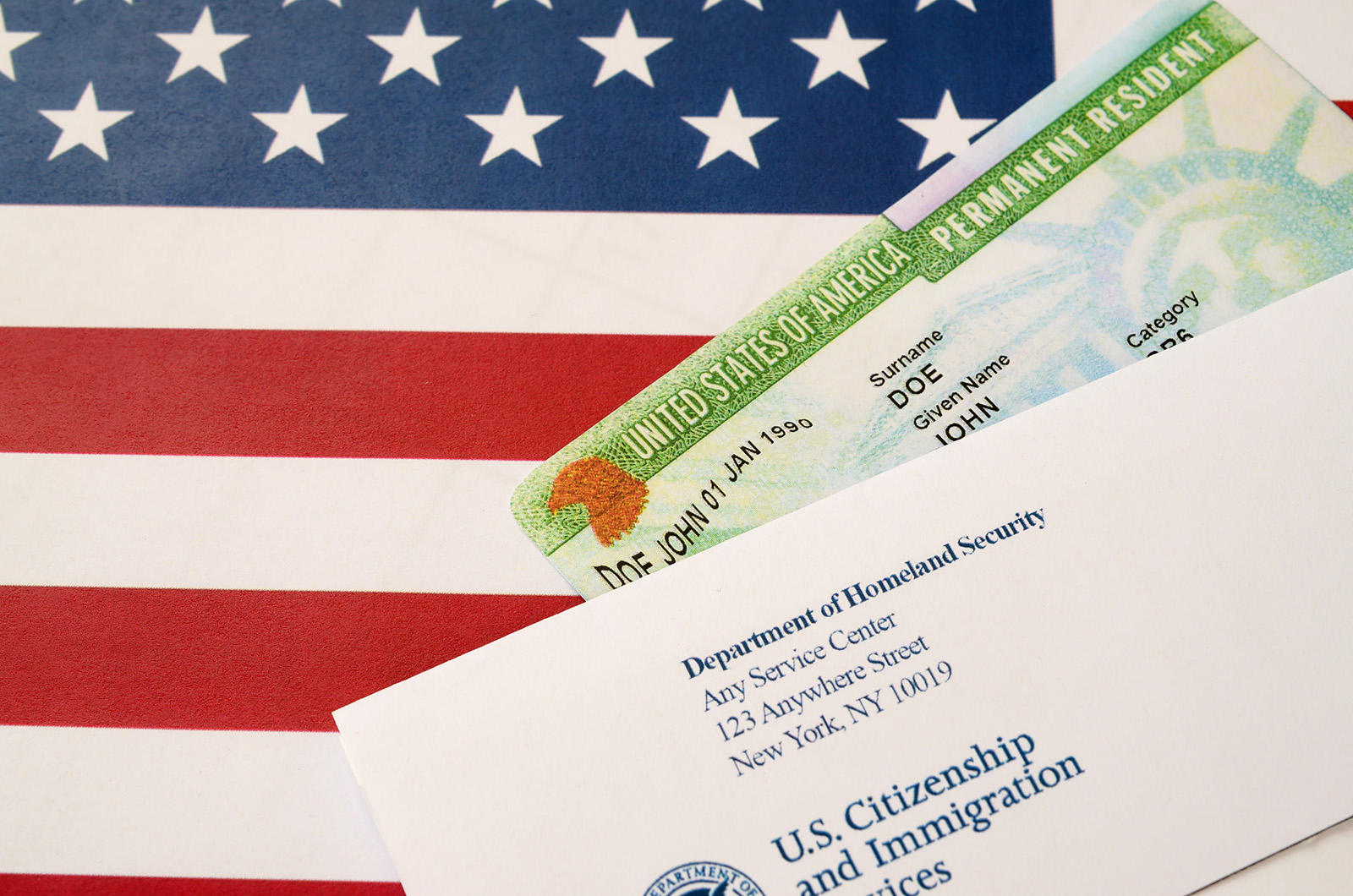One element of the parent-child relationship that can be decided in a suit affecting the parent-child relationship is the child’s custody (SAPCR). A case is frequently brought when a child’s parents cannot agree on how to handle a situation involving the child(ren) or when the parents want to avoid any further arguments over the child’s rearing. These lawsuits are typically brought by divorcing couples or lone parents.
The court is guided by the provisions of the Texas Family Code as well as specific circumstances of the parties to the suit in granting orders. The primary principle used in issuing the orders is the best interest principle. All orders issued will be to protect the interests of the child(ren) involved.
Orders issued by the family court are often referred to as custody and visitation or custody and parenting time orders. The legal term for these orders are Conservatorship, possession, and access orders. The orders define each parent’s rights and responsibilities.
A judge may mandate that a parent’s time with a child be closely monitored if they determine that the child’s safety is at risk. The court may mandate that the parent’s visitation be overseen by a relative, friend, or an agency. The visiting parent might be liable for the agency’s costs if a private agency is employed.
Conservators come in various forms. A “governing conservator” and a “possessions conservator” both exist. The “primary overseeing conservator” or custodial parent” is designated as one adult. It is frequently assumed that one or both parents should manage a child’s conservatorship, unless doing so would not be in the child’s best interest and would be detrimental to the child’s physical or emotional health. There are however exceptions to this rule. Parenting time could be limited when a parent has:
- A history of neglecting the child
- Abused the child
- Committed domestic violence against the other parent
Most of the time, the child’s primary custodian chooses where they will reside. To provide for the child’s basic needs, this parent also gets child support.
The noncustodial parent is the other spouse. Everyone who isn’t the child’s primary caregiver has a right to visitation. The court ruling will always include a reference to the access order. The court may alter the terms of the court ruling when necessary.
To prevent the disruption of the child’s life, joint responsibilities are placed on both the custodial and non-custodial parents. The welfare of the child should be decided upon jointly by the parents. The custodial parent is responsible for choosing the child’s residence and is entitled to child support payments. In addition to being responsible for paying child support, the non-custodial parent also has ownership rights to the child.
The firm of Solomon Musyimi are experts in child custody case with a success rate of 90%. The firm has a team of expert attorney with the key skills and technical knowledge on how to deal with even the most complex cases.














